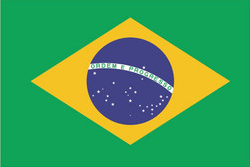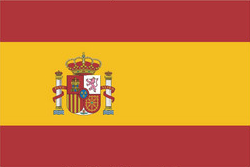BlackBridge’s RapidEye imagery has played an integral role in developing the first country-wide forest map in Central America.
 This valuable tool is helping governmental authorities effectively plan the use and preservation of Costa Rica’s forest resources. Different forest types can now be accurately located and quantified, which improves the planning of sustainable forest management efforts and the identification of major carbon reservoirs in the region. The high spatial resolution of the RapidEye satellites makes it possible to reach the minimum mapping unit of one hectare. RapidEye imagery enabled the identification of different forest types, including mature forests, second-growth forests, deciduous forests, mangrove forests, and many others.
This valuable tool is helping governmental authorities effectively plan the use and preservation of Costa Rica’s forest resources. Different forest types can now be accurately located and quantified, which improves the planning of sustainable forest management efforts and the identification of major carbon reservoirs in the region. The high spatial resolution of the RapidEye satellites makes it possible to reach the minimum mapping unit of one hectare. RapidEye imagery enabled the identification of different forest types, including mature forests, second-growth forests, deciduous forests, mangrove forests, and many others.
Dr. Lazlo Pancel from the German Cooperation Agency (GIZ, Deutsche Gesellschaft für Internationale Zusammenarbeit) in El Salvador states, “The outcome of this project is so much bigger than just a map of the forest land of Costa Rica. This success allows the overall project to move forward with additional maps in the region due to the support of REDD/CCAD-GIZ Programs. The first phase of forest maps for Honduras, Guatemala, and the Dominican Republic has been completed and other countries are soon to follow.”
This project has been developed by SINAC (Sistema Nacional de Areas de Conservación), the National Forest Fund (Fondo Nacional de Financiamiento Forestal), both units of the Environment and Mining Ministry of Costa Rica (Ministerio de Medio Ambiente, Energía y Telecomunicaciones), and with the technical and financial support of the regional program REDD/CCAD-GIZ from GIZ.








